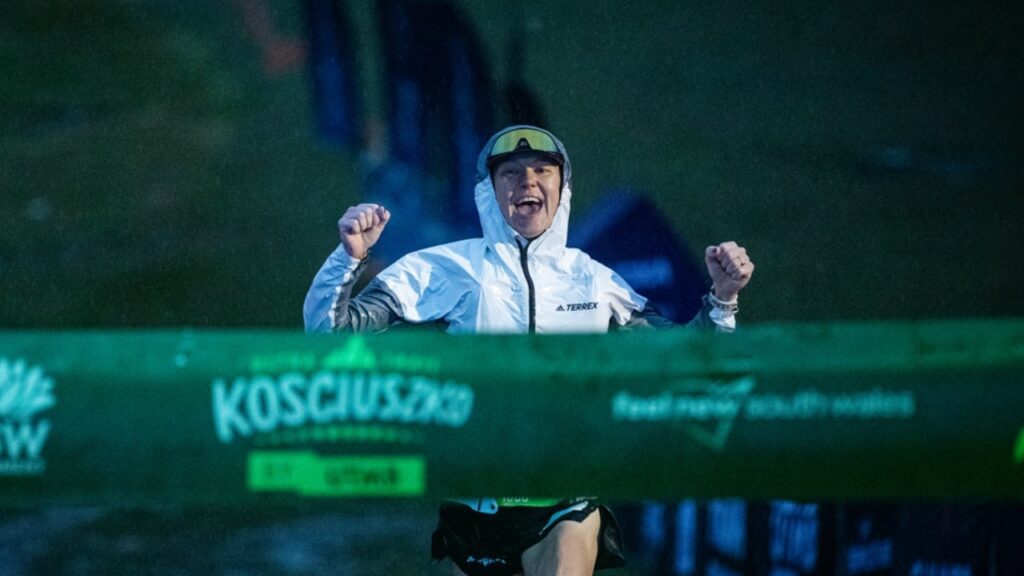Abby Hall secured a pivotal victory at the 52nd Western States Endurance Run, a key race in the ultra-running calendar renowned for its challenging terrain and demanding distance. Hall’s win was not merely a result of her current form but a narrative steeped in resilience and strategic execution, a perspective often valuable for experienced trail and ultra-runners. Having returned from a serious knee injury, she exemplifies the long-term commitment required in this sport, especially in a race like Western States, where conditions can vary significantly from year to year.
Hall’s journey to this elite level of performance was marked by significant challenges, including a frustrating recovery period. Having previously podiumed at the UTMB Mont Blanc CCC, she demonstrated that setbacks can lead to newfound motivation, ultimately resulting in her memorable performance at Western States this year. Her recent victory at the Ultra-Trail Kosciuszko served as an important stepping stone, granting her a ‘Golden Ticket’—an opportunity that requires not just physical capability but also mental fortitude, given the competitive nature of the qualifiers.
In the race itself, Hall established her dominance early, leading from the outset and swiftly reclaiming that position after temporary setbacks. For those familiar with the dynamics of ultra-racing, such early positioning can significantly impact pacing strategy throughout the event. Hall’s ability to regain her lead after 60 miles reiterates an essential principle in ultra-running: adaptability and resilience are crucial. The course itself is known for its elevation changes, technical sections, and varied terrain, demanding a nuanced understanding of pacing and energy management. Hall’s final time of 16:37:16 was not only a personal best but also the fourth-fastest in the event’s history, a testament to both her physical preparation and tactical race execution.
Weather conditions and course specifics often play a crucial role in ultra-distance performance. While this year’s race had favorable conditions, historical data suggests that variations can occur, and runners should always have a strategy that includes potential weather impacts. As Hall showed, knowing when to push and when to preserve energy is pivotal. The competitive dynamic also included notable finishes from competitors like Fuzhao Xiang, who, despite finishing second, faced a tactical race against a leader who maintained a consistent pace, ultimately securing a ten-minute gap. The consideration of competitor analysis and their strategies can provide insights for runners preparing for similar distances.
Moreover, Hall’s background highlights a growing trend in ultra-running: the importance of finding opportunities through the shifting landscapes of race entry and qualification. Her adventure to securing a place in Western States through a roll-down ticket exemplifies the often-unpredictable nature of race entries. Understanding how to navigate these dynamics can be critical for veterans who aim for significant races each season.
The nutritional and gear preparation element also cannot be overlooked in any discussion of competitive ultra-running. Hall’s victory highlights the importance of a hydration strategy that supports sustained performance over long distances, as well as the relevance of tailored gear choices that balance weight and functionality. With advancements in gear technology, from footwear to hydration packs, finding reliable equipment that supports performance without adding unnecessary weight becomes imperative in the lead-up to races.
As Hall prepares for future competitions, her journey exemplifies that at the elite level, the minutiae of training—be it pacing, nutrition, or gear—can dictate race outcomes. Experienced runners should consider these aspects as they refine their training regimes for mountain ultras, adapting lessons learned from Hall’s recent performance. The world of ultra-running is continually evolving, and as conditions, competitors, and technology change, so too must the strategies employed by those hoping to perform at their peak.
In this realm, a single takeaway students of the sport may find invaluable is the necessity of continual adaptation—both in preparation and during the race itself. Tailoring strategies not only to personal fitness levels but also to the intricacies of the race environment and competitors is essential for achieving success in mountain ultras.
